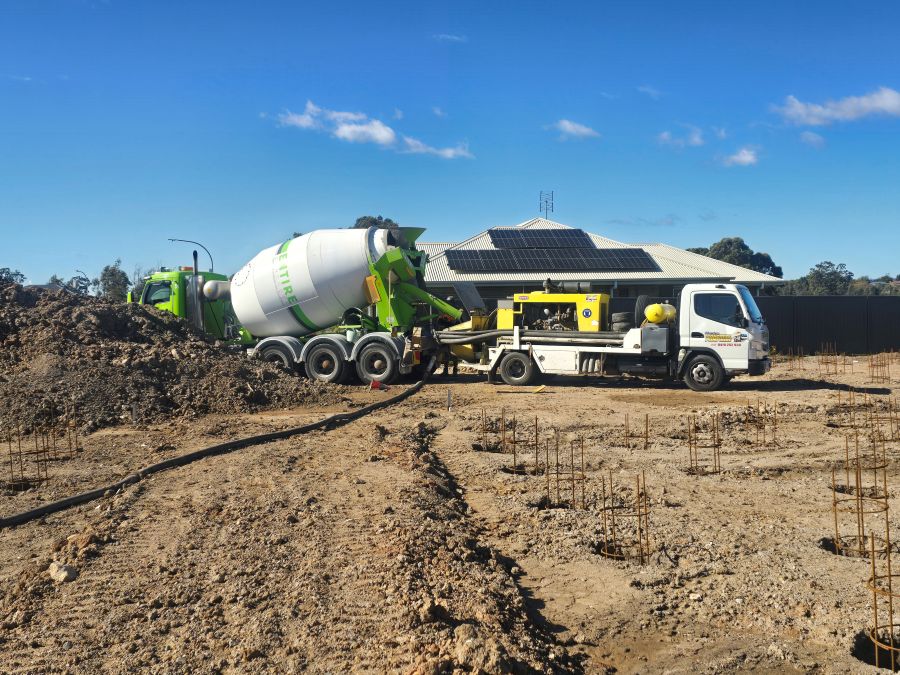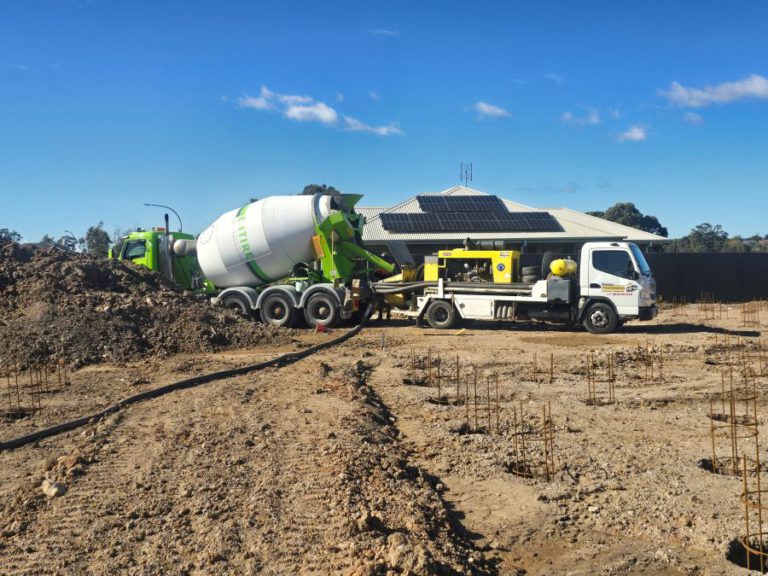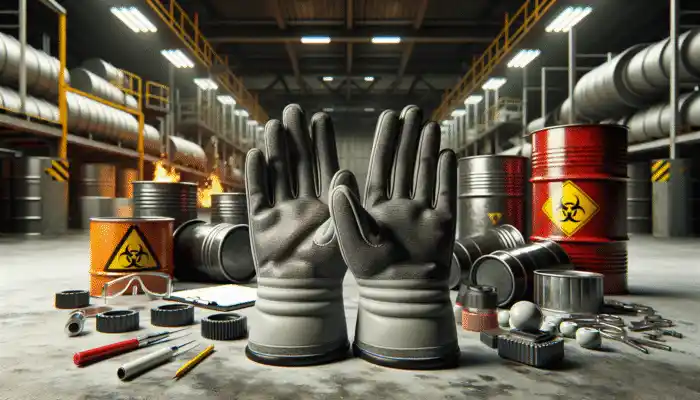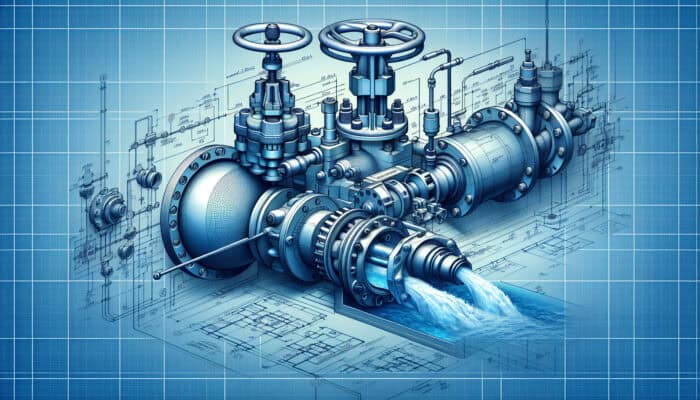Essential Strategies for Safe Concrete Pumping Operations in 2025
In the evolving landscape of concrete pumping safety for 2025, it is crucial to highlight the significance of thorough training, rigorous equipment inspections, well-defined exclusion zones, and diligent pre-start planning. Recognising the inherent risks associated with concrete pumping and strictly following established safety protocols are vital steps to prevent accidents, ensuring that construction projects run smoothly and efficiently. By prioritising these fundamental safety measures, workers can foster a secure working environment that enhances both productivity and efficiency, thereby laying a strong foundation for successful project execution.

Proactively Identifying and Mitigating Common Hazards in Concrete Pumping Operations
As noted by SafeWork NSW, operators and team members engaged in concrete placement encounter significant risks when setting up or operating concrete pumps. The potential hazards include:
- Unstable ground conditions or improper setup on sloped surfaces, which can lead to severe accidents and injuries.
- Using equipment beyond its design specifications, which significantly escalates the risk of mechanical failures and operational mishaps.
- Proximity to overhead power lines, creating serious electrocution hazards for all personnel on site.
- Collisions with trucks, structures, or site personnel, potentially leading to significant injuries and project delays.
- Hose whip and line surges, creating hazardous situations if not effectively managed.
- Unanticipated equipment failures and blockages that can disrupt operations and cause delays.
- Exposure to crush zones, diesel fumes, and excessive noise levels, which can adversely affect health over time.
- Slip, trip, and confined space hazards that could result in serious injuries if not addressed.
These risks are not mere theoretical concerns; they frequently arise when safety procedures are neglected or inadequately enforced. Therefore, our focus remains steadfast on essential safety measures onsite, ensuring that every worker is well-informed and complies with established protocols to foster a safer working environment.
1. Prioritise Training and Certification for Every Team Member
Considering that concrete pumps operate under high pressure, stringent handling requirements for operators are vital. In NSW, it is essential for operators to possess:
- An HR licence for operating boom trucks, confirming their qualifications and expertise in handling complex machinery.
- Verified VOCs (Verification of Competency) to effectively validate their skill levels and operational safety.
- Training in hazard identification along with a comprehensive understanding of emergency stop procedures, crucial for crisis management.
Moreover, hose handlers must undergo extensive briefings to ensure they refrain from standing in discharge zones and can quickly identify blockages, which is essential for maintaining operational safety and avoiding accidents during concrete pouring.
2. Establish Exclusion Zones to Enhance Safety Protocols
Concrete under pressure can move rapidly and may become extremely dangerous if released unexpectedly. Therefore, it is imperative to set up clearly marked safety zones surrounding the hose and boom at all times. Key safety measures include:
- Implementing barriers and flagging to clearly delineate risk areas around the pumping operation, ensuring visibility for all workers.
- Prohibiting personnel from standing in front of the discharge area to avert any injuries that could result from unexpected concrete flow.
- Restricting movements beneath booms to mitigate the risk of accidents caused by falling equipment or materials.
3. Perform Thorough Equipment Inspections Prior to Every Pour
Every concrete pumping job commences with a detailed equipment inspection. At Hunter Concrete Pumps, we conduct meticulous checks on:
- Hoses and reducers to confirm they are in optimal working condition and free from defects that could lead to failures.
- Couplings and clamps to ensure secure connections capable of withstanding high pressure during the pumping process.
- The integrity of the boom and seals to prevent any leaks that could create hazardous situations.
- Primer levels, ensuring the pump operates smoothly and effectively throughout the entire task.
- Emergency shutoff systems to guarantee immediate response capabilities in the event of an incident or emergency.
No operation initiates without the pump successfully passing all inspections, reinforcing our unwavering commitment to safety and operational efficiency in every project we undertake.
4. Designate a Lead Operator for Improved Coordination
Effective communication is crucial for the success of concrete pumping operations. Each crew must appoint a lead operator responsible for overseeing the pour and ensuring coordination with:
- Agitator drivers to synchronise operations for a seamless and efficient pour.
- Hose handlers who manage the flow of concrete safely and effectively throughout the process.
- Site supervisors to ensure strict adherence to site regulations and safety standards at all times.
- Concreters and finishers to achieve the desired project outcomes and maintain high-quality standards.
This clear chain of command is essential for preventing mistakes and misfires, ultimately enhancing both safety and operational efficiency throughout the entire project.
5. Kick Off Every Pour with a Comprehensive Safety Briefing
Before commencing pump operations, it is essential that the crew reviews several critical topics, including:
- Site access and hose routing for effective flow management to optimise operations.
- Emergency response plans and first aid protocols to ensure readiness for any situation that may arise.
- Truck staging and washout procedures to maintain site cleanliness and orderliness throughout the project.
- Identifying slip hazards and ensuring the appropriate use of PPE (Personal Protective Equipment) for all crew members to safeguard their wellbeing.
- Defining the roles of spotters where necessary to further enhance safety measures during operations.
At Hunter Concrete Pumps, we implement these protocols rigorously for every job, without exception, to ensure the safety of our crew and the integrity of the project being undertaken.
Recognising the Critical Importance of Safety in Concrete Pumping Operations
Ensuring safe concrete pours not only protects your crew but also safeguards your project timeline, budget, and overall reputation. A lapse in safety can lead to injuries, project delays, or regulatory scrutiny, which are risks that cannot be overlooked. We strictly adhere to the SafeWork NSW guidelines for concrete pumping on every job. Our operators are not only trained but also licensed and insured, guaranteeing that when you choose our services, you are selecting a provider that prioritises safety in every aspect of the process.
Are Spotters or Safety Personnel Necessary for My Concrete Pour?
For civil and commercial job sites, the answer is a definitive yes; spotters or safety personnel are essential for maintaining high safety standards. However, for residential projects, our dedicated pump crews are highly skilled in effectively managing the safety zones, ensuring the site remains secure at all times. We will communicate any specific safety requirements during the quoting process to ensure clarity and compliance with all safety regulations.
What Are the Most Common Safety Risks Associated with Concrete Pumping Jobs?
The three primary risks include untrained hose handling, inadequate access planning, and the lack of exclusion zones. We proactively address all three of these critical issues before the concrete pour commences, ensuring a safer working environment for everyone involved in the operation.
Experience Seamless and Safe Concrete Pours with Our Expertise
Concrete pumping safety is not just about adhering to strict regulations; it focuses on ensuring that the job is completed without injuries or delays. When your team is well-trained in safety procedures and your operator arrives fully equipped and prepared, the concrete pour can proceed smoothly, swiftly, and without complications, paving the way for positive project outcomes and client satisfaction.
Concrete Pump Hire
The Article: Concrete Pumping Safety Protocols: 2025’s Top 5 Tips first appeared on https://writebuff.com
The Article Concrete Pumping Safety Tips: Top 5 Protocols for 2025 Was Found On https://limitsofstrategy.com




